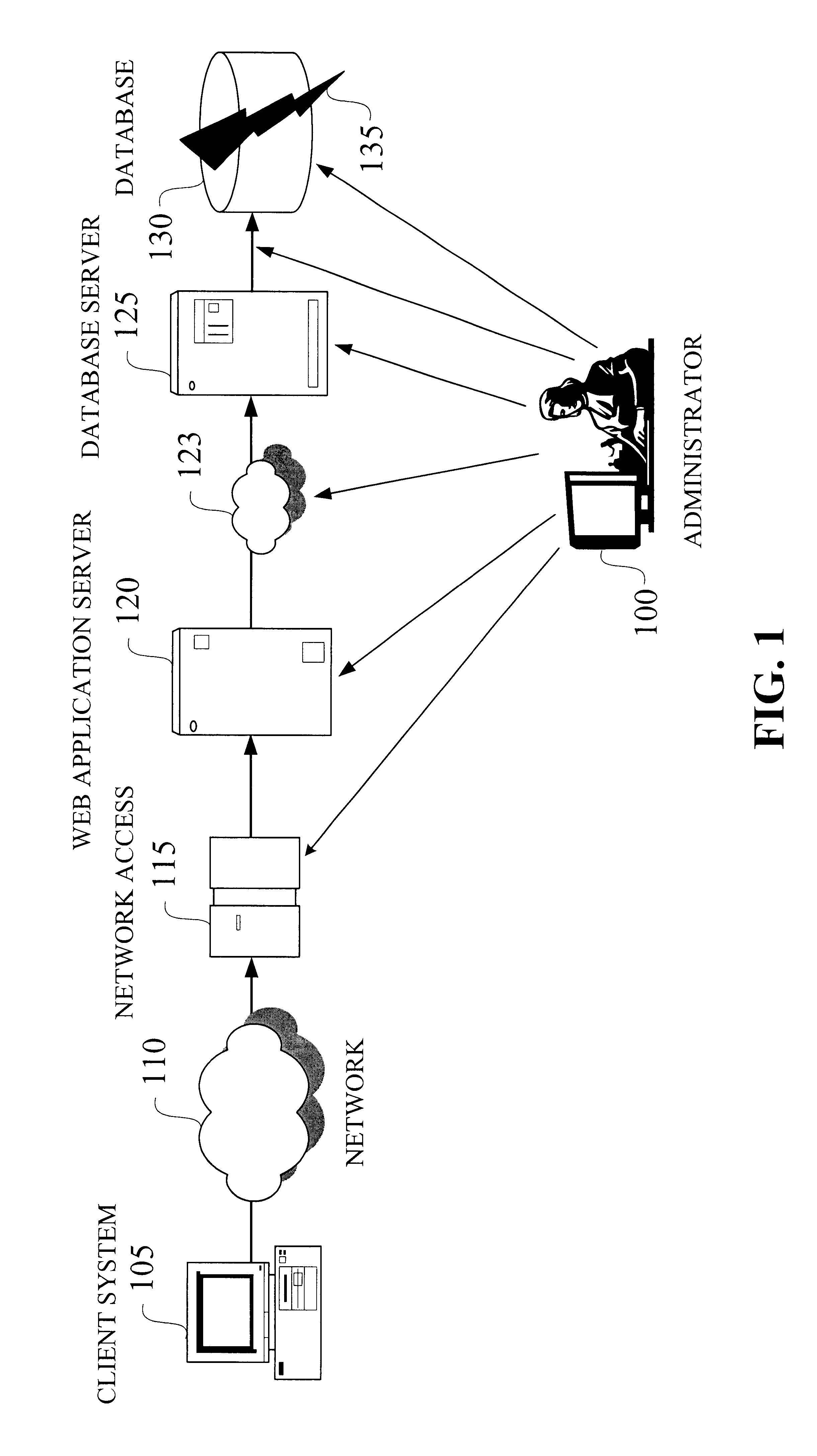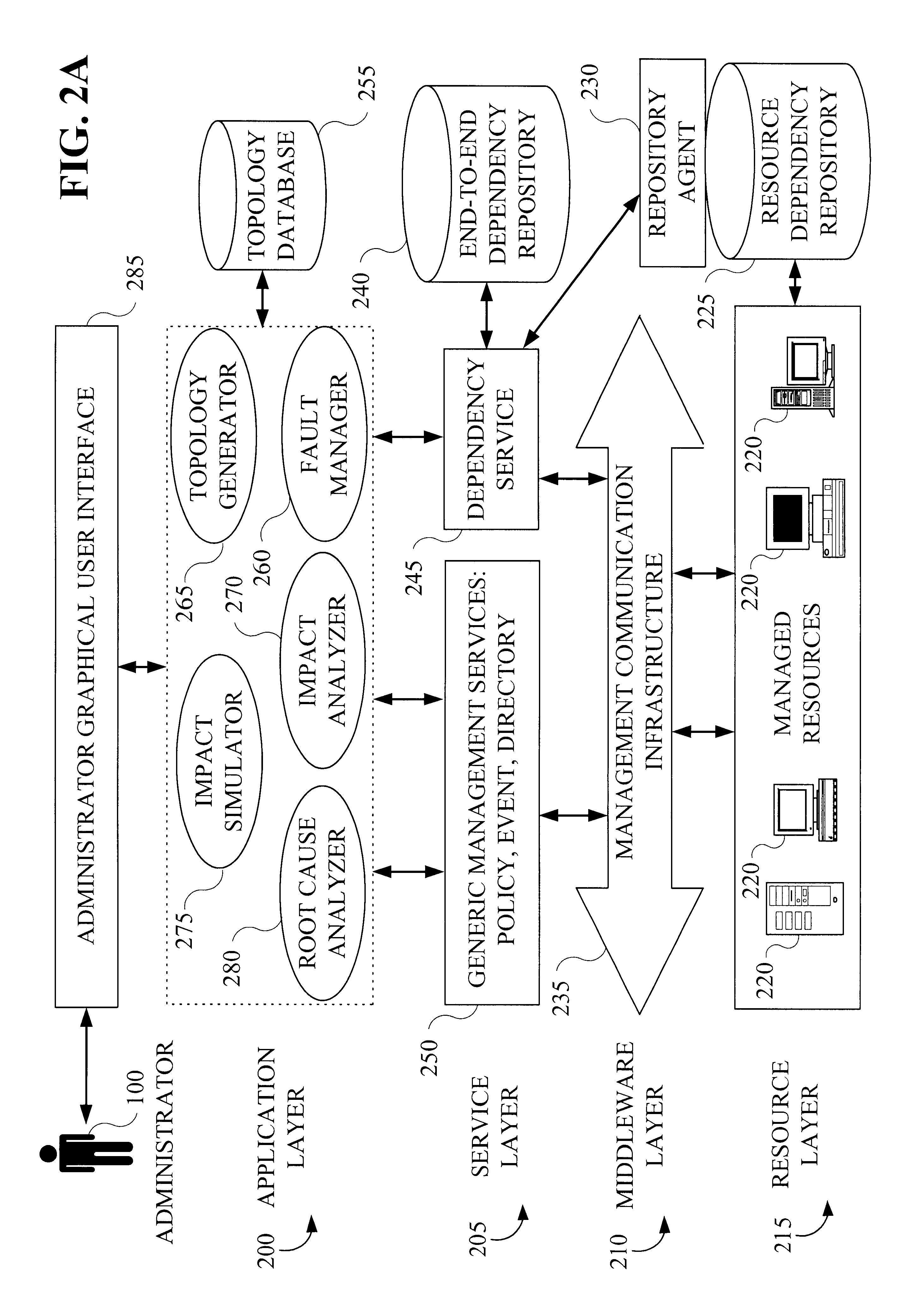Methods and apparatus for managing dependencies in distributed systems
a distributed system and dependency technology, applied in the field of distributed computing systems, can solve the problems of affecting the service of another customer, the task of problem determination, isolation and resolution is particularly difficult, and the limitations of current operating system inventory implementations are also applied
- Summary
- Abstract
- Description
- Claims
- Application Information
AI Technical Summary
Benefits of technology
Problems solved by technology
Method used
Image
Examples
Embodiment Construction
The present invention will be explained below in the context of an illustrative distributed computing environment. However, it is to be understood that the present invention is not limited to such a particular computing environment. Rather, the invention is more generally applicable to any computing environment in which it is desirable to manage (e.g., compute, query, etc.) dependencies in order to make the task of problem determination, isolation and resolution significantly easier.
As used herein, depending on the context of the discussion, the term “system” may be used to refer to a computer system, a software system and / or some combination thereof. The term “system” may also be used to refer to an application and / or a service. Thus, the phrase “multiple systems” refers to a collection of several systems. Also, the term “component” may refer to a system, itself, or one or more portions of a system.
As mentioned above, service dependencies are not made explicit in today's systems, t...
PUM
 Login to View More
Login to View More Abstract
Description
Claims
Application Information
 Login to View More
Login to View More - R&D
- Intellectual Property
- Life Sciences
- Materials
- Tech Scout
- Unparalleled Data Quality
- Higher Quality Content
- 60% Fewer Hallucinations
Browse by: Latest US Patents, China's latest patents, Technical Efficacy Thesaurus, Application Domain, Technology Topic, Popular Technical Reports.
© 2025 PatSnap. All rights reserved.Legal|Privacy policy|Modern Slavery Act Transparency Statement|Sitemap|About US| Contact US: help@patsnap.com



